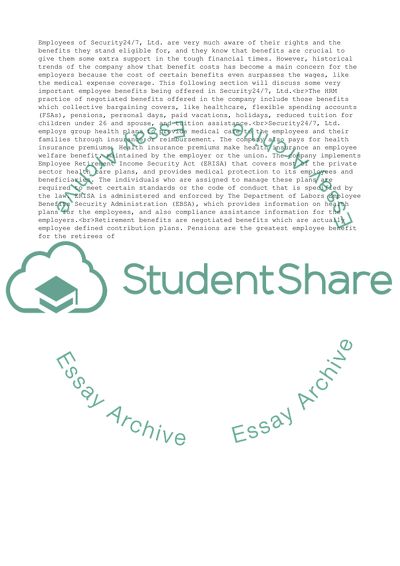Cite this document
(“Managing people Essay Example | Topics and Well Written Essays - 3000 words”, n.d.)
Managing people Essay Example | Topics and Well Written Essays - 3000 words. Retrieved from https://studentshare.org/management/1645531-managing-people
Managing people Essay Example | Topics and Well Written Essays - 3000 words. Retrieved from https://studentshare.org/management/1645531-managing-people
(Managing People Essay Example | Topics and Well Written Essays - 3000 Words)
Managing People Essay Example | Topics and Well Written Essays - 3000 Words. https://studentshare.org/management/1645531-managing-people.
Managing People Essay Example | Topics and Well Written Essays - 3000 Words. https://studentshare.org/management/1645531-managing-people.
“Managing People Essay Example | Topics and Well Written Essays - 3000 Words”, n.d. https://studentshare.org/management/1645531-managing-people.


